Geologics

Entre dos Aguas #5, Watercolor and Graphite on Handmade Paper, 26 x 20 inches. Private Collection.

Entre dos Aguas #6, Watercolor and Graphite on Handmade Paper, 26 x 20 inches

Entre dos Aguas #16, Watercolor and Graphite on Handmade Paper, 26 x 20 inches
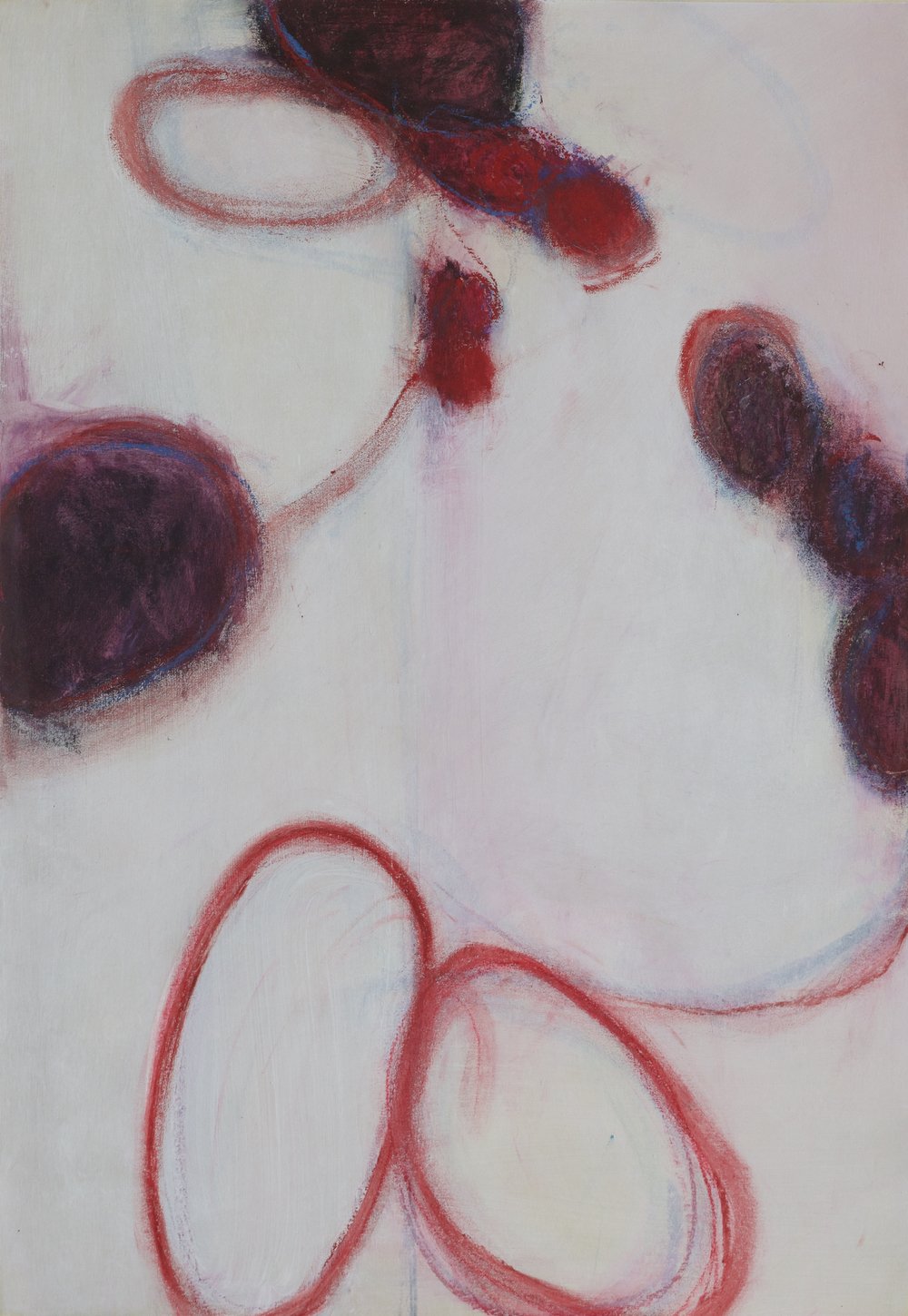
Newfoundland Suite #50, Charcoal, Pastel, Graphite and Acrylic Gesso on Stonehenge Paper, 25 x 18 inches

Geologics XV, Oil on Canvas, 24 x 20 inches

Geologics I, Oil on Canvas, 24 x 20 inches
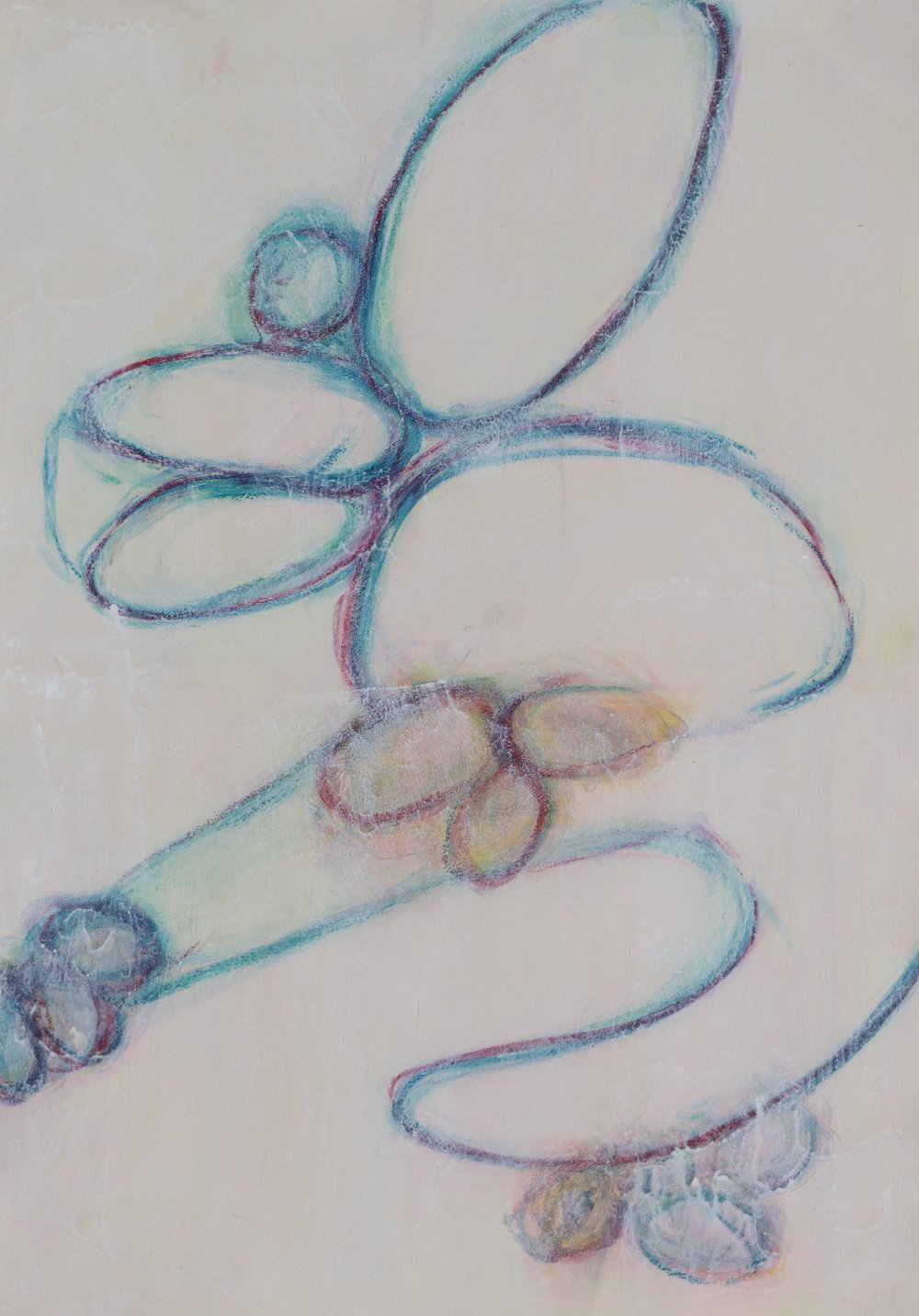
Newfoundland Suite #53, Pastel and Acrylic Gesso on Stonehenge Paper, 25 x 18 inches

Geologics III, Oil on Canvas, 24 x 20 inches

Geologics II, Oil on Canvas, 24 x 20 inches

Entre dos Aguas #1, Watercolor and Graphite on Handmade Paper, 26 x 20 inches
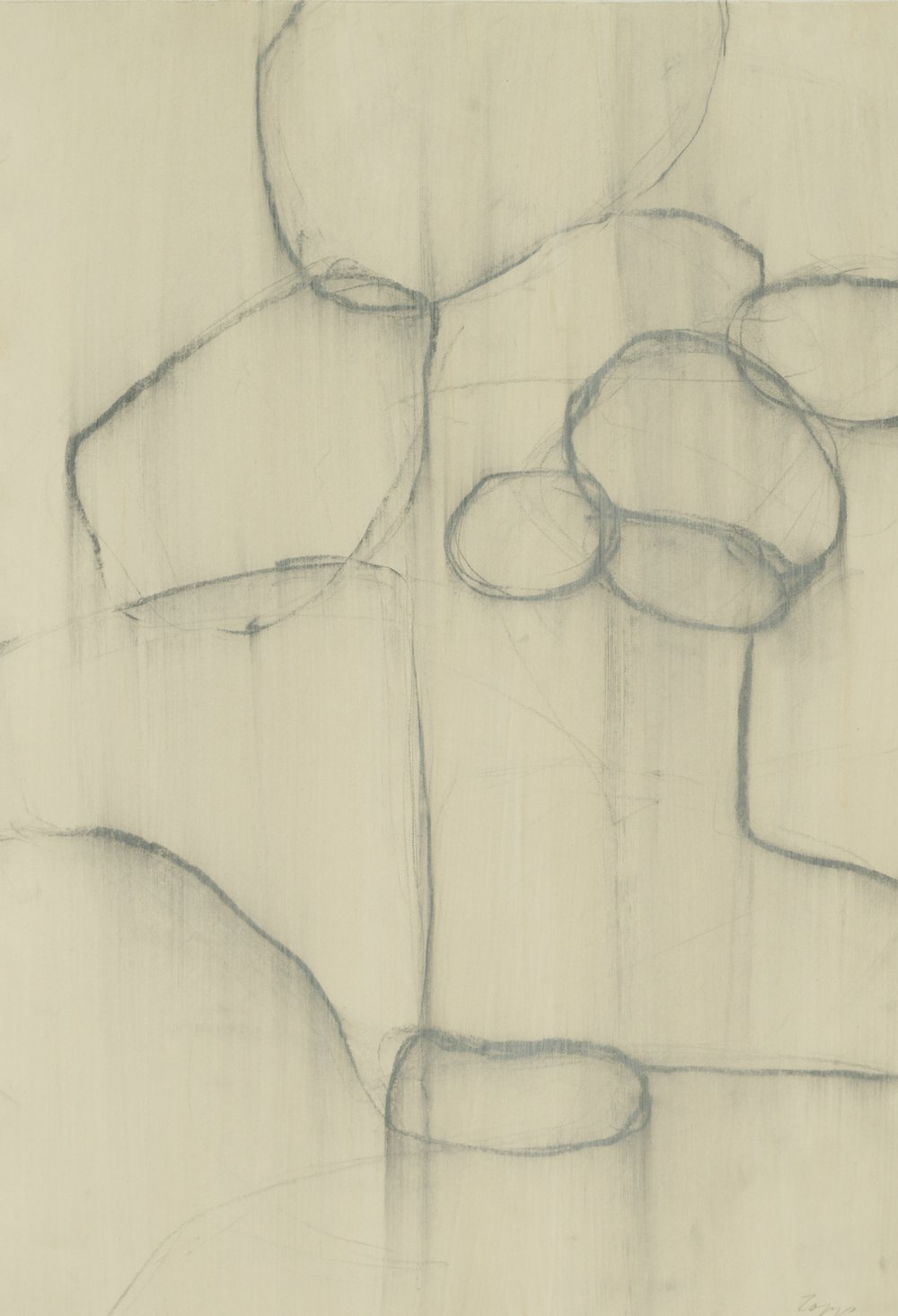
Newfoundland Suite #8, Graphite and Acrylic Gesso on Stonehenge Paper, 25 x 18 inches

Entre dos Aguas #7, Watercolor and Graphite on Handmade Paper, 26 x 20 inches

Geologics VIII, Oil on Canvas, 24 x 20 inches

Entre dos Aguas #12, Watercolor and Graphite on Handmade Paper, 26 x 20 inches. Private Collection

Geologics XI, Oil on Canvas, 24 x 20 inches

Entre dos Aguas #3, Watercolor and Graphite on Handmade Paper, 26 x 20 inches
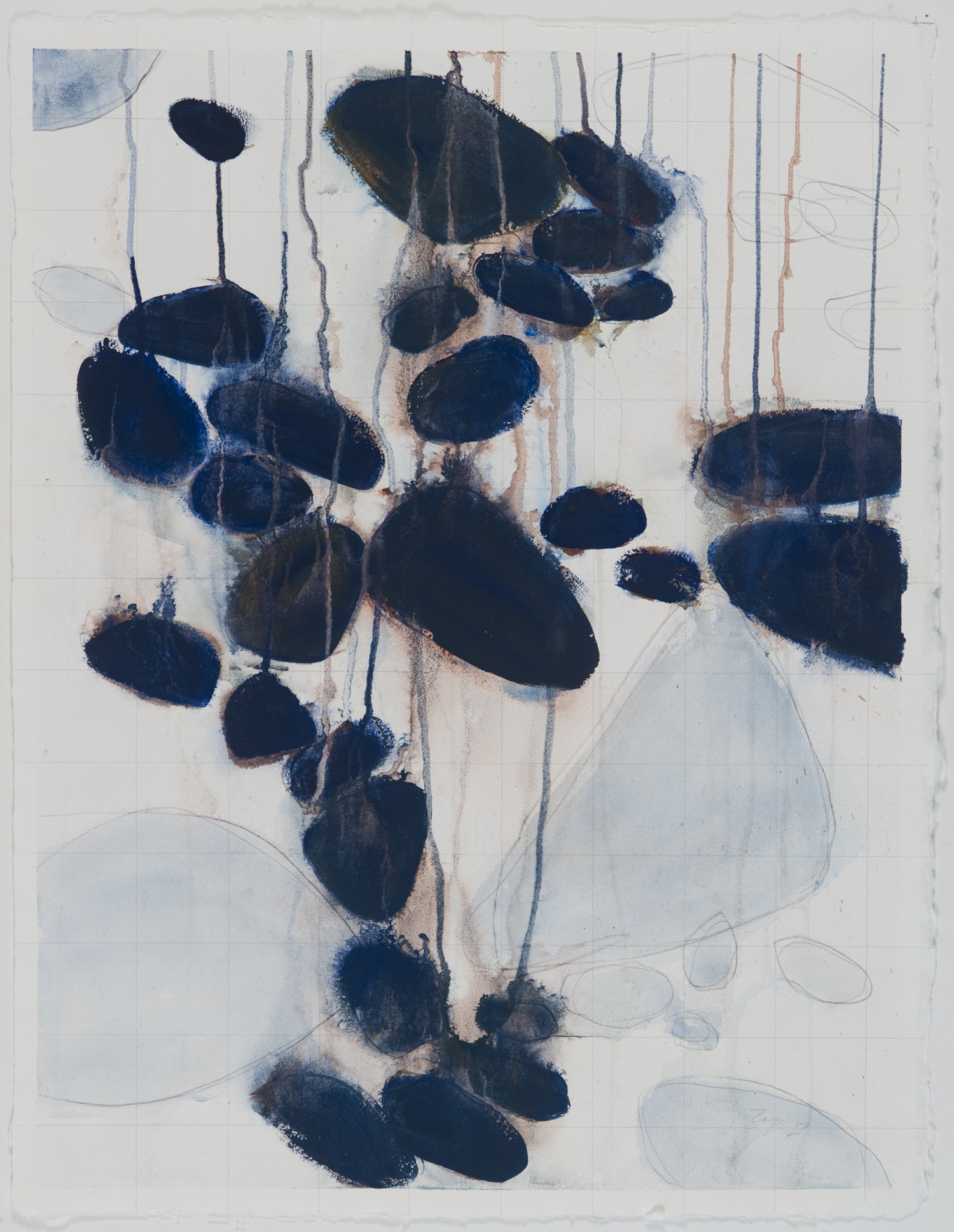
Entre dos Aguas #11, Watercolor and Graphite on Handmade Paper, 26 x 20 inches

Geologics VII, Oil on Canvas, 24 x 20 inches

Newfoundland Suite #37, Charcoal, Pastel and Acrylic Gesso on Stonehenge Paper, 25 x 18 inches

Geologics X, Oil on Canvas, 24 x 20 inches

Entre dos Aguas #17, Watercolor and Graphite on Handmade Paper, 26 x 20 inches

Geologics XII, Oil on Canvas, 24 x 20 inches

Entre dos Aguas #15, Watercolor and Graphite on Handmade Paper, 26 x 20 inches

Entre dos Aguas #18, Watercolor and Graphite on Handmade Paper, 26 x 20 inches

Newfoundland Suite #56, Pastel, Graphite and Acrylic Gesso on Stonehenge Paper, 25 x 18 inches
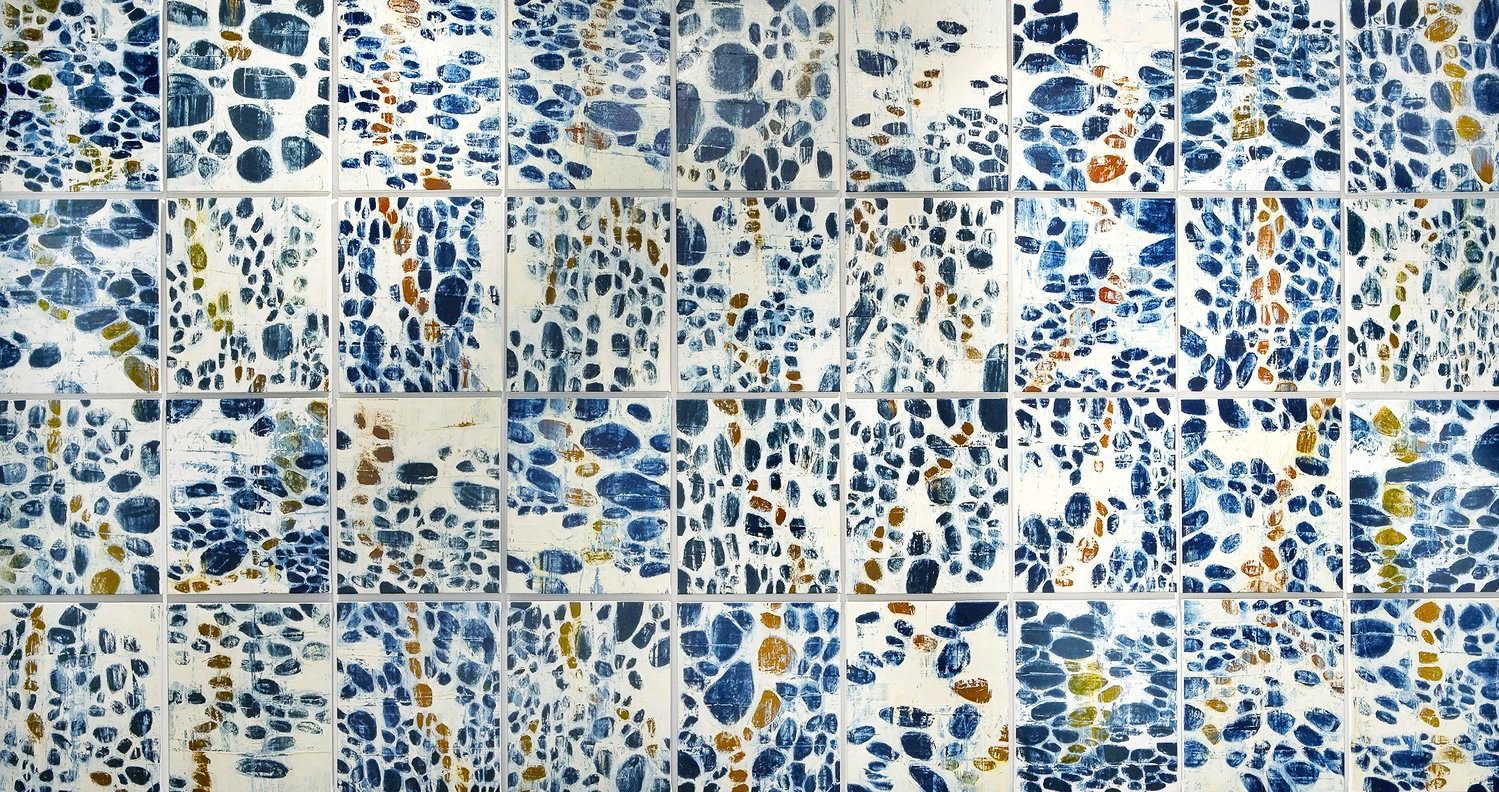
Walking in Time, Installation, Oil on Canvas, 99 x 188 inches, 36 individual canvases each 24 x 20

Walking in Time, Installation Detail, Oil on Canvas

Newfoundland Suite #18, Graphite and Acrylic Gesso on Stonehenge Paper, 25 x 18 inches
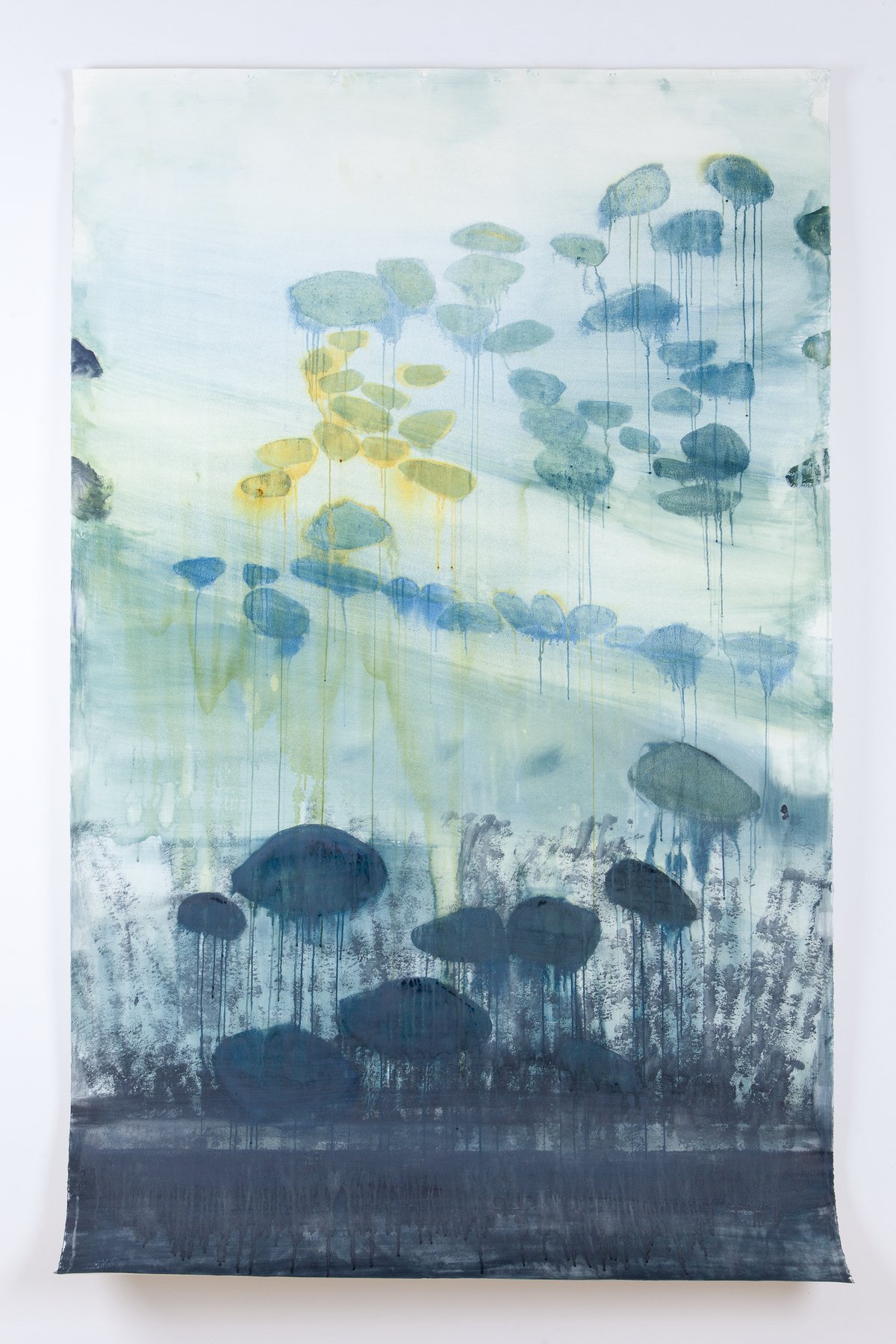
Climbing the Bluegreen Mountain #1, Watercolor and Graphite on Fabriano Paper, 90 x 55 inches
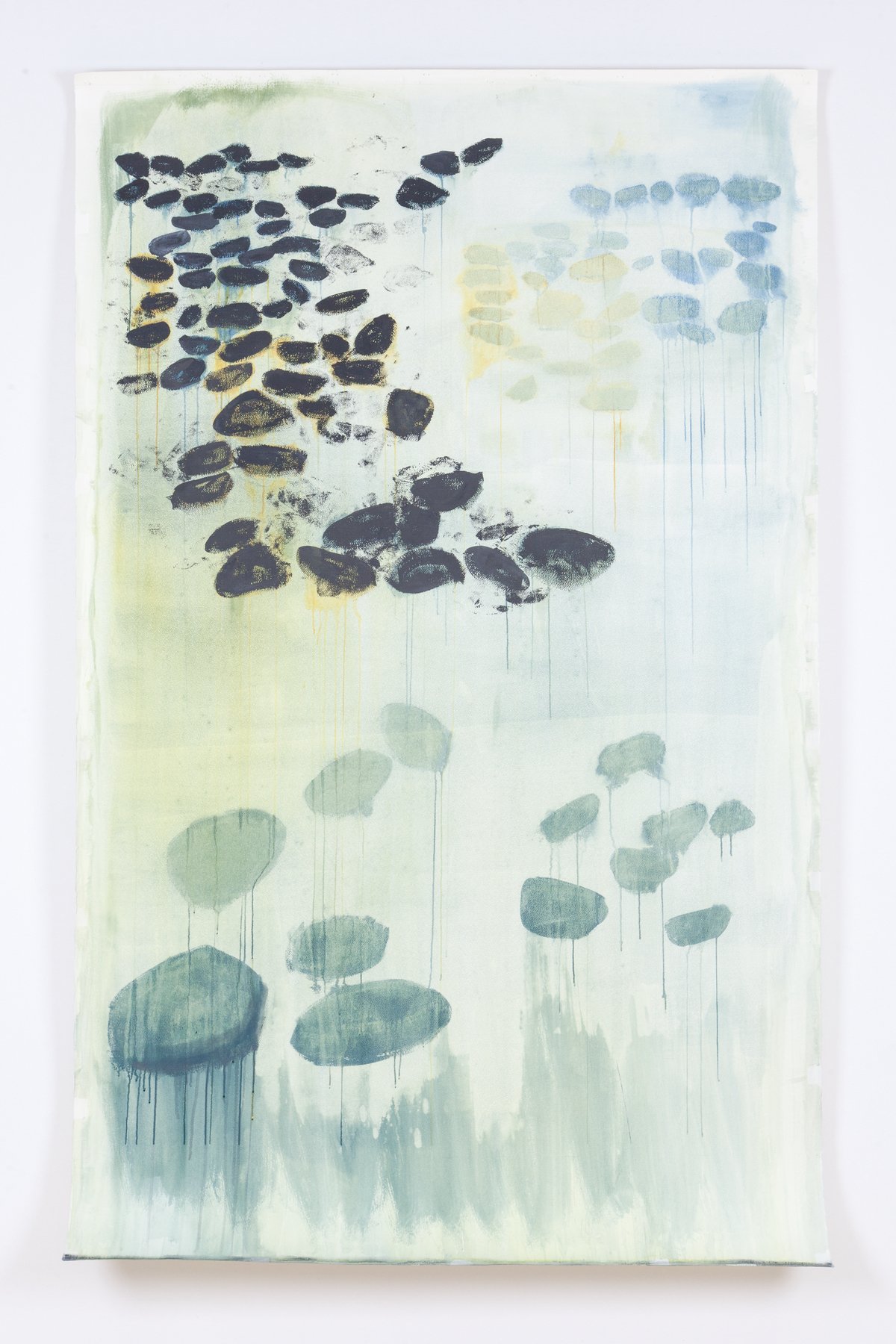
Climbing the Bluegreen Mountain #2, Watercolor and Graphite on Fabriano Paper, 90 x 55 inches

Climbing the Bluegreen Mountain #3, Watercolor and Graphite on Fabriano Paper, 90 x 55 inches
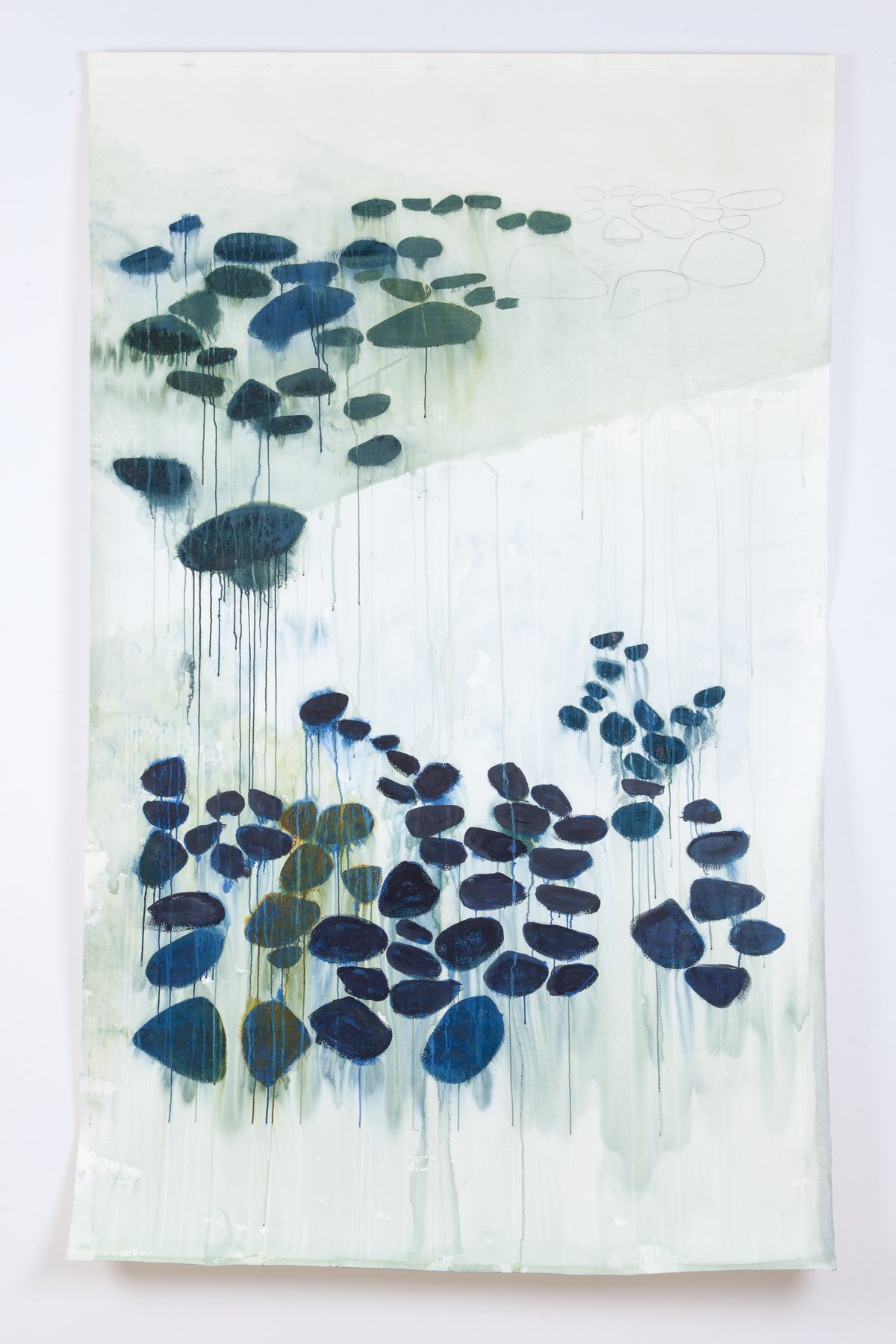
Climbing the Bluegreen Mountain #4, Watercolor and Graphite on Fabriano Paper, 90 x 55 inches

Geologics VI, Oil on Canvas, 24 x 20 inches
When I moved from the town of Belfast to a small woodland in Lincolnville, Maine in 2007, I had already begun the Erosions paintings as a means of processing my fascination with the ways water moves stone and soil to make patterns on the earth’s surface. But it was not enough for me to make a picture of something I’d seen. I wanted the paintings themselves to be produced by similar forces – the piling up of pigment, the dissolving effects of water, the accretions of color indicative of organic growth and decay. I let the process determine the image. My inspirations were both kinesthetic and intellectual. The sounds and sights of water rushing over rocks, of rural streams and rock-strewn beaches, inform these works. And my artistic touchstones were as diverse as 1960’s process art, Leonardo’s water studies, and Chinese landscape painting.In 2011, I found myself, as the Spanish expression goes, "entre dos aguas," or on the horns of a dilemma. I was eager to begin new paintings about cultural artifacts, but not yet ready to step away from paintings about rocks, and the way they're distributed by water. In these watercolors on Spanish handmade paper, water is the agent, pigment the material acted upon. "Entre dos aguas" (between two waters) refers to the way rainwater runs in two directions off a gabled roof. Looking closely at the paintings, you'll see that the drips run in two directions, as I turned the paper upside down during the painting process.
“Whatever presumes to height will eventually be laid low by erosion.”
—Sir Richard Fortey, Earth
“And now we know that nature is devious enough to set its own level, like water in a stream running around into nooks and crannies, eventually through grains and banks of sand and shingle, out into the sea.”
—Michael Boulter, Darwin’s Garden